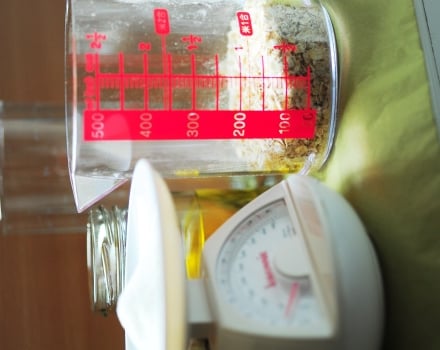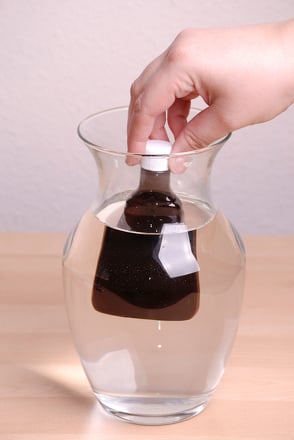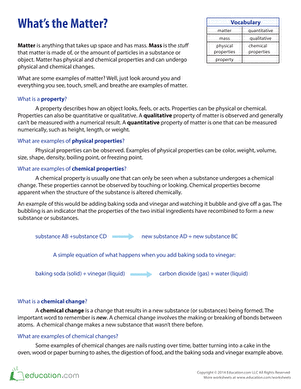Science project
How Does Pressure Change Minerals?
The difference between quartz monzonite and gneiss is a lot of pressure. In this experiment, we'll learn how pressure can make the minerals in a rock line up in the same direction and form bands and foliation, or thin leaf-like layers.
Problem:
What is foliation? What causes it?
Materials:
- Lump of clay
- Handful of long-grain or wild rice
- Rolling pin
- Rolling surface
- Sample of quartz monzonite
- Sample of gneiss
Procedure:
- Flatten the lump of clay and then pinch it into a bowl shape.
- Fill the “bowl” with the grains of rice and pinch the bowl shut so the rice is inside a ball.
- Knead and squish the clay-and-rice until the rice grains are pretty much evenly distributed.
- Compare it to the quartz monzonite sample. Like the quartz monzonite, the clay ball has been formed without too much pressure, so the grains go in every direction.
- Now put the ball of clay on the rolling surface and roll it out flat.
- Fold it over and roll it in the same direction. Keep folding it and rolling it flat again and again, in the same direction each time. After several minutes you should start to notice the rice grains are mostly pointing in the same direction, and maybe forming bands and layers.
- Compare the folded-and-flattened clay to the sample of gneiss. Like the clay, the gneiss has been compressed until the minerals in it tend to line up in the same direction and form layers.
Disclaimer and Safety Precautions
Education.com provides the Science Fair Project Ideas for informational purposes only. Education.com does not make any guarantee or representation regarding the Science Fair Project Ideas and is not responsible or liable for any loss or damage, directly or indirectly, caused by your use of such information. By accessing the Science Fair Project Ideas, you waive and renounce any claims against Education.com that arise thereof. In addition, your access to Education.com's website and Science Fair Project Ideas is covered by Education.com's Privacy Policy and site Terms of Use, which include limitations on Education.com's liability.
Warning is hereby given that not all Project Ideas are appropriate for all individuals or in all circumstances. Implementation of any Science Project Idea should be undertaken only in appropriate settings and with appropriate parental or other supervision. Reading and following the safety precautions of all materials used in a project is the sole responsibility of each individual. For further information, consult your state's handbook of Science Safety.
Education.com provides the Science Fair Project Ideas for informational purposes only. Education.com does not make any guarantee or representation regarding the Science Fair Project Ideas and is not responsible or liable for any loss or damage, directly or indirectly, caused by your use of such information. By accessing the Science Fair Project Ideas, you waive and renounce any claims against Education.com that arise thereof. In addition, your access to Education.com's website and Science Fair Project Ideas is covered by Education.com's Privacy Policy and site Terms of Use, which include limitations on Education.com's liability.
Warning is hereby given that not all Project Ideas are appropriate for all individuals or in all circumstances. Implementation of any Science Project Idea should be undertaken only in appropriate settings and with appropriate parental or other supervision. Reading and following the safety precautions of all materials used in a project is the sole responsibility of each individual. For further information, consult your state's handbook of Science Safety.













